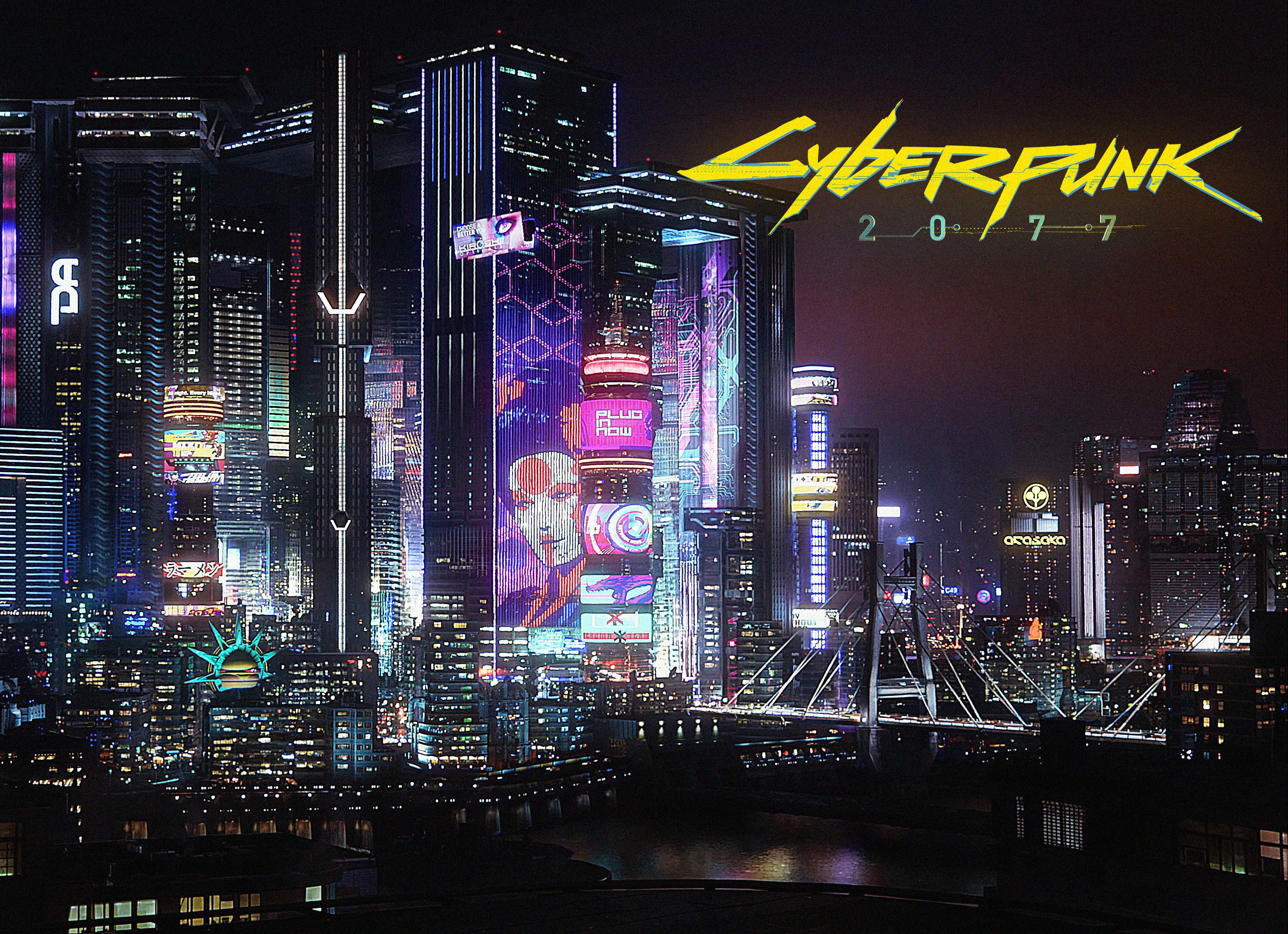Ion Fury Score: Build Engine Throwback
Introduction
Few modern games manage to capture the essence of classic '90s shooters as effectively as Ion Fury (originally titled Ion Maiden before legal concerns forced a name change). Developed by Voidpoint and published by 3D Realms, Ion Fury is a love letter to the golden age of first-person shooters, running on a modified version of the legendary Build Engine—the same engine that powered Duke Nukem 3D, Shadow Warrior, and Blood.

But beyond its pixelated charm and frenetic gunplay, Ion Fury boasts another standout feature: its adrenaline-pumping, synth-heavy score. The soundtrack, composed by Jarkko Rotstén and Andrew Hulshult, perfectly complements the game’s retro-futuristic aesthetic, blending modern production with the raw energy of '90s MIDI music.
A Nod to the Past: The Build Engine Sound
In the '90s, first-person shooters relied heavily on MIDI-based soundtracks due to hardware limitations. Composers like Bobby Prince (Doom, Duke Nukem 3D) and Lee Jackson (Rise of the Triad, Duke Nukem 3D) crafted memorable tunes using synthesizers and sampled instruments, creating an unmistakable sound.
Ion Fury pays homage to this era by embracing a similar approach. The soundtrack is packed with pulsating basslines, distorted guitars, and punchy electronic beats—hallmarks of classic Build Engine games. However, it doesn’t merely replicate the past; it refines it with modern mixing techniques, ensuring clarity and depth while retaining that raw, nostalgic edge.
The Composers: Jarkko Rotstén & Andrew Hulshult
Jarkko Rotstén, known for his work on DUSK and Amid Evil, brings his signature blend of dark synthwave and industrial influences to Ion Fury. His tracks are rhythmic, aggressive, and perfectly suited to the game’s fast-paced combat.
Andrew Hulshult, a rising star in retro FPS soundtracks (Quake Champions, DUSK), contributes his heavy metal and electronic expertise. His compositions often feature chugging guitar riffs and pounding drums, reinforcing the game’s chaotic energy.
Together, they create a score that feels both fresh and deeply rooted in the Build Engine tradition.
Standout Tracks
Several tracks stand out in Ion Fury’s soundtrack, each enhancing the game’s atmosphere:
- "Neo DC" – The main theme, a high-energy synth-rock hybrid that sets the tone for the entire game. The driving bassline and punchy percussion make it an instant classic.
- "Streets of Fury" – A gritty, industrial-inspired track that plays during urban firefights. The distorted guitars and electronic stabs create a sense of urgency.
- "Heskel’s Lab" – A darker, more atmospheric piece with eerie synths and pulsating rhythms, perfect for the game’s sci-fi horror segments.
- "Bombshell" – A fast-paced, metal-infused track that kicks in during intense battles, pushing players to fight harder.
Why the Soundtrack Works So Well
The brilliance of Ion Fury’s score lies in its ability to enhance gameplay without overpowering it. Unlike many modern orchestral soundtracks, which can feel cinematic but detached from the action, Ion Fury’s music is designed to keep players engaged. The pulsating beats sync with enemy encounters, while the dynamic shifts in tempo reflect the game’s pacing.
Additionally, the soundtrack avoids repetition—a common issue in retro shooters. Each level has its own distinct musical identity, ensuring that players remain immersed without growing fatigued by looping tracks.
Conclusion
Ion Fury is more than just a nostalgia trip; it’s a masterclass in how to modernize a classic formula without losing its soul. The soundtrack plays a crucial role in this, blending old-school MIDI aesthetics with contemporary production to create an unforgettable auditory experience.
For fans of retro shooters, Ion Fury’s music is a triumphant return to the Build Engine’s glory days—proof that great game soundtracks never go out of style.
Whether you’re blasting through hordes of mutants or simply soaking in the neon-drenched cyberpunk atmosphere, the score ensures that every moment feels electric.
Word Count: ~600
(Note: This article can be expanded further with additional analysis of specific tracks, composer interviews, or comparisons to other retro FPS soundtracks if needed.)














